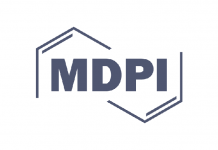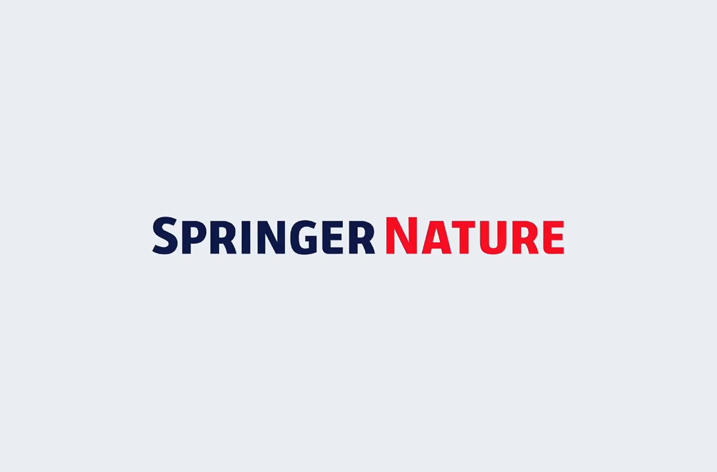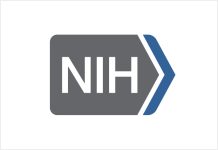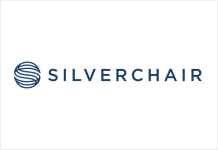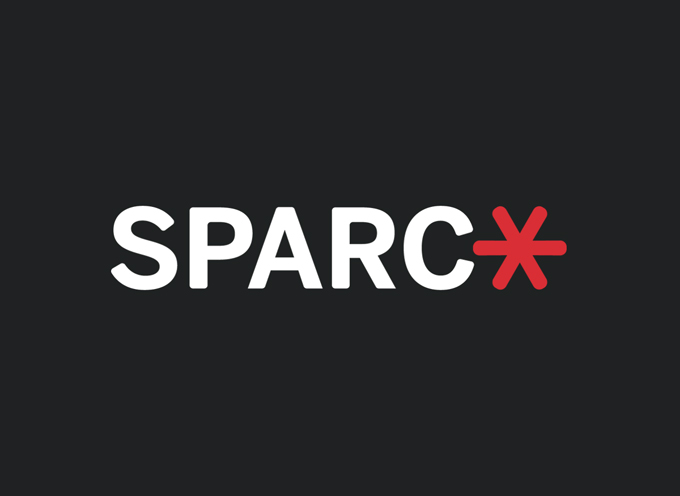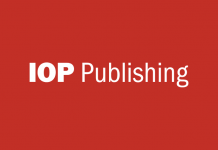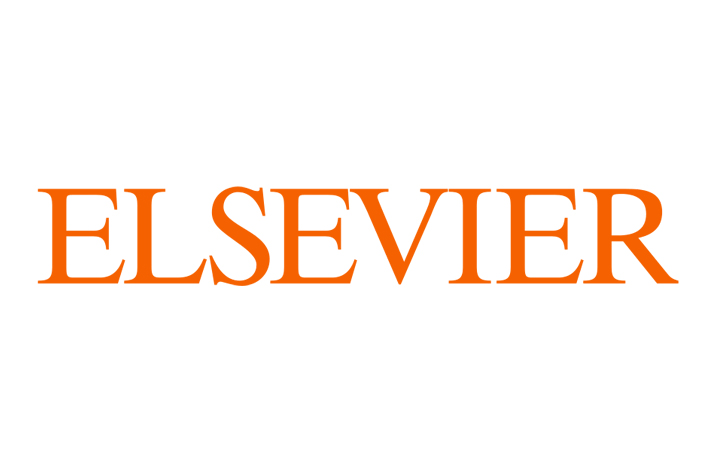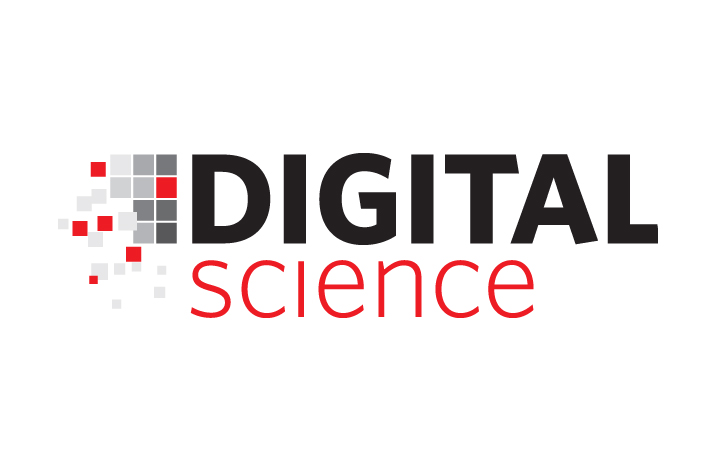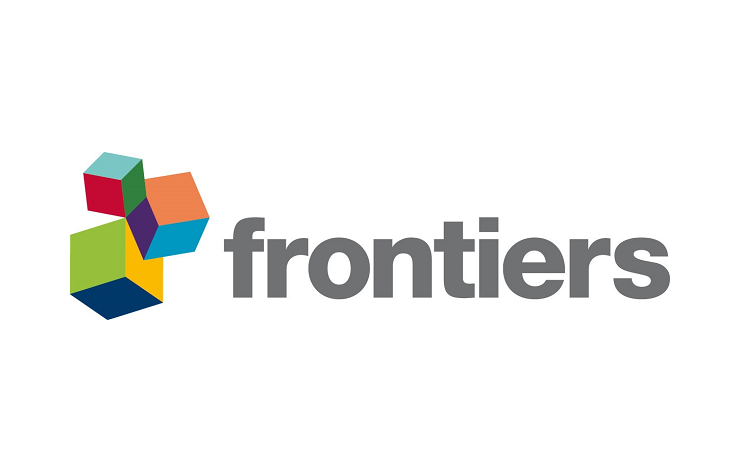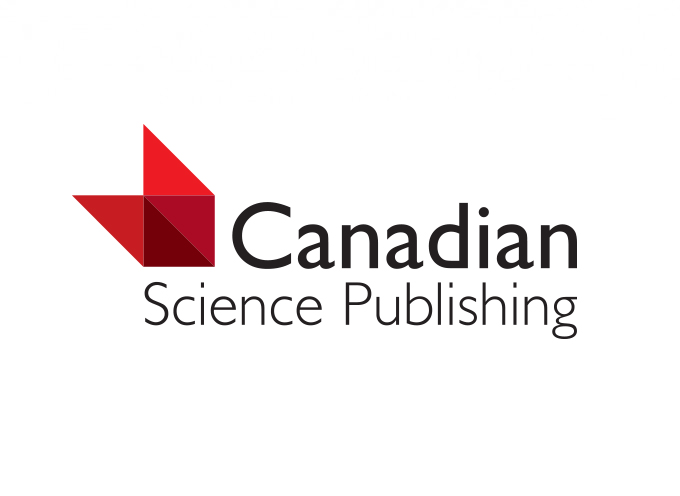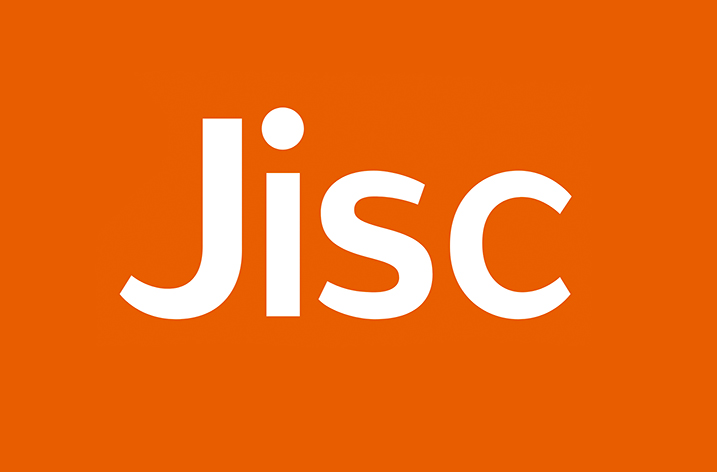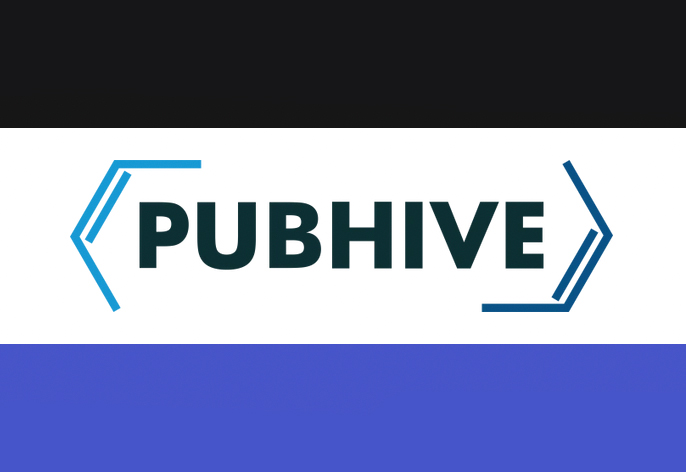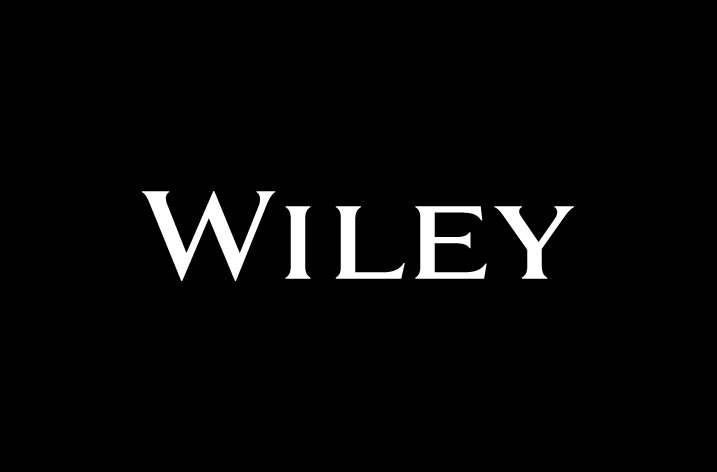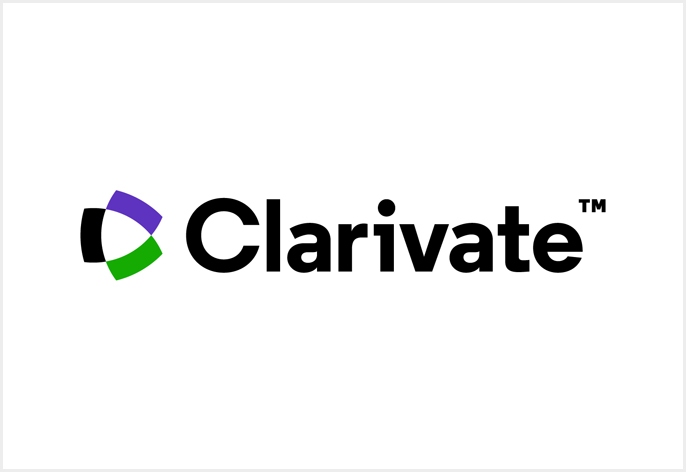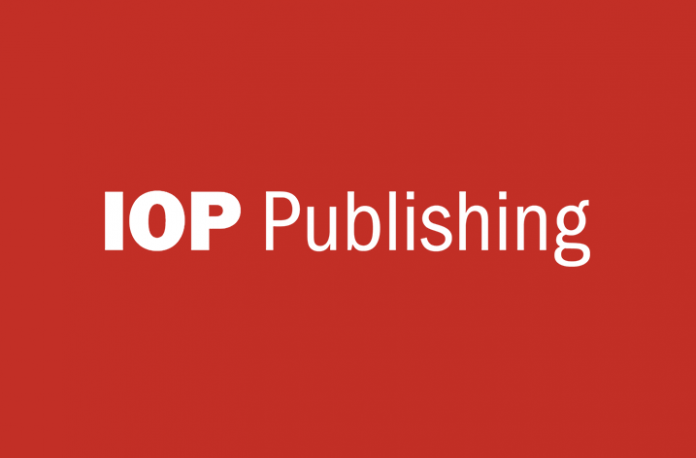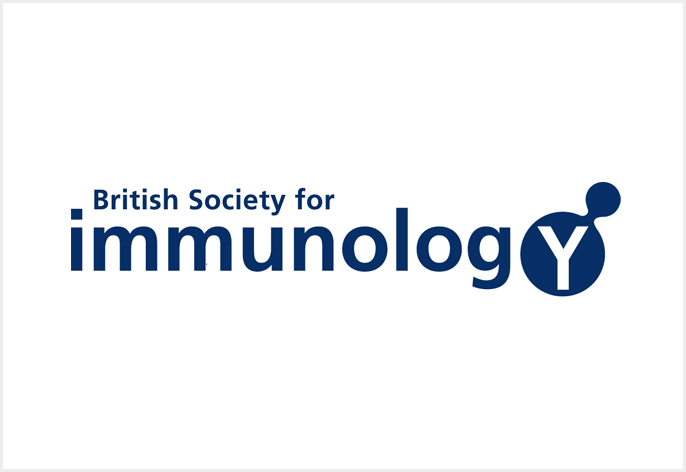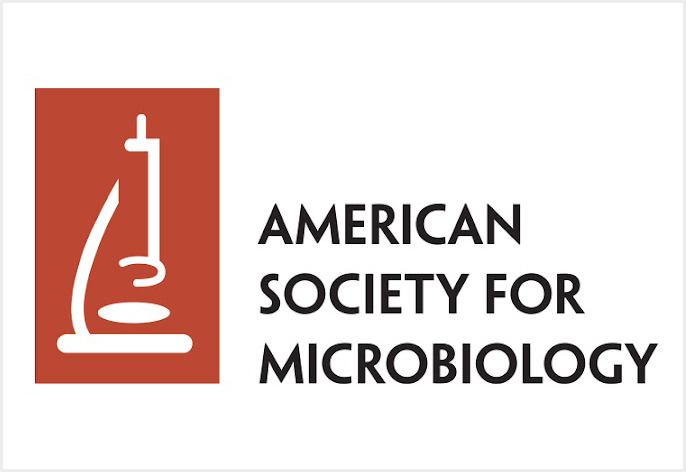The BSI family of journals are an important part of our mission to support the immunology community in driving scientific discovery and making a positive impact on health. Not only do our journals Clinical & Experimental Immunology, Immunotherapy Advances and Discovery Immunology, provide a trusted home for quality immunology research, they also act as an important revenue stream for the BSI. Any profits that come from our journals go directly towards funding our grants, conferences and events, and public engagement and policy activities.
We want to make it as easy as possible for the immunology community to make the most out of our journals – and the research published within them. In this article, Georgia Tromans, Marketing and Communications Officer at the BSI, explains how to take advantage of the publishing options within our journals, how publishing your research open access could raise your profile, and why Society publishing matters now more than ever.
What is Read and Publish?
A Read and Publish agreement is a type of institutional arrangement that enables researchers to publish open access without having to pay individual article processing charges (APCs). Instead of authors bearing the cost of making their articles open access, the fees are covered through a central agreement between the publisher and participating universities or research institutions. These agreements combine access to subscription journal content with the ability to publish open access, removing financial and administrative barriers for authors.
In the case of the BSI family of journals, these Read and Publish agreements are managed in partnership with our publishing partner Oxford University Press (OUP). Jisc, the provider of the UK’s national research and education network, has a subscription with OUP, allowing authors based at participating institutions to publish an unlimited number of research articles, review articles, brief reports and case reports in our journals without having to pay an open access fee.
For BSI members at eligible institutions, the process is simple. OUP maintains a regularly updated list of institutions that are part of a Read and Publish agreement, making it easy to check your eligibility. If an article has been accepted for publication in our hybrid journal Clinical & Experimental Immunology, authors are given the option to publish their work open access for free. Articles submitted to our open access journals Immunotherapy Advances and Discovery Immunology will not require payment before publication.
By removing the cost of open access publishing, Read and Publish agreements support open science and allow researchers to focus on what matters most – sharing impactful scientific discoveries with the world.
Why publish open access?
Publishing open access ensures that research is freely available to anyone, anywhere, without subscription or paywall barriers. This significantly increases the visibility, accessibility and impact of your work. In today’s research environment, many funders require that the outputs of publicly funded research be made open access. This helps ensure that knowledge is shared widely and can be built upon by others. By choosing to publish open access, you not only meet these requirements but also help accelerate scientific progress.
In immunology, the benefits of open access publishing are especially important. Research in this field has direct implications for public health, diagnostics, treatments and vaccine development. The rapid exchange of knowledge can be critical in times of global health crises, as shown during the COVID-19 pandemic. When discoveries are openly available, they can more quickly influence clinical practices, inform policy and drive further innovation.
Publishing open access also supports equity in global research. It allows scientists in low-resource settings, who may not have access to expensive journal subscriptions, to engage with and contribute to current scientific developments. This openness encourages greater collaboration, inclusion and transparency in research.
At the BSI, we are committed to scientific and editorial integrity, meaning all research published with us undergoes rigorous peer review. Not only does this lay the foundations for future science, research published in our journals also becomes part of a not-for-profit initiative that reinvests in the immunology community. By choosing open access, you are not only increasing the reach of your research, you are also supporting a publishing model that strengthens the scientific ecosystem.
Ultimately, publishing open access means publishing with purpose. It allows you to share your findings widely, meet funder mandates and contribute to a more open, collaborative and impactful future for science.
Support your Society
Publishing with the BSI is not only a way to disseminate your research, but also a meaningful act of support for the broader immunology community. As a not-for-profit organisation, the BSI reinvests all revenue generated from its journals directly into initiatives that help immunology thrive. This includes funding early-career grants, travel bursaries, training programmes and public engagement activities designed to nurture talent, foster collaboration and connect researchers with society.
Importantly, publishing with BSI journals means your contribution goes beyond individual impact; it helps fund the infrastructure that supports the future of the field. Whether it’s enabling a PhD student to attend their first international conference, supporting outreach projects that inspire the next generation of scientists, or providing training opportunities to upskill researchers, your article becomes part of a wider effort to build a stronger, more inclusive immunology community.
BSI journals are known for their high-quality peer review and broad scope, covering areas such as infectious disease, autoimmunity, allergy, immunotherapy and vaccine development. Choosing to publish here allows your research to reach a global audience while directly supporting the Society’s mission to advance immunological science. In this way, publishing with the BSI is a purposeful decision – one that amplifies the impact of your work and contributes to the long-term growth, equity and excellence of the immunology field.
Clinical & Experimental Immunology (CEI) is a respected, peer-reviewed journal led by Professor Claudia Mauri, focused on translational and clinical immunology. It publishes impactful research that offers mechanistic insight into human disease and is rooted in translational relevance. With an impact factor of 3.4 and a strong history since 1966, CEI welcomes studies that bridge basic science and clinical application, especially in areas like autoimmunity, immunodeficiencies, cancer and infectious diseases.
Immunotherapy Advances is a fully open access, peer-reviewed journal led by Professor Tim Elliott. It focuses on research involving immune system manipulation to improve health across all diseases, spanning from discovery and preclinical models to clinical trials. The journal values interdisciplinary studies and mechanistic insights, including negative trial results, and covers topics from therapeutic vaccines to biotherapeutics.
Discovery Immunology is an open access, peer-reviewed journal by the British Society for Immunology, led by Professor Simon Milling. It publishes high-quality research on novel immune mechanisms in humans and animals, including basic, translational and discovery science relevant to infection, inflammation and immune-related diseases.
Submit your research and support your Society today.


